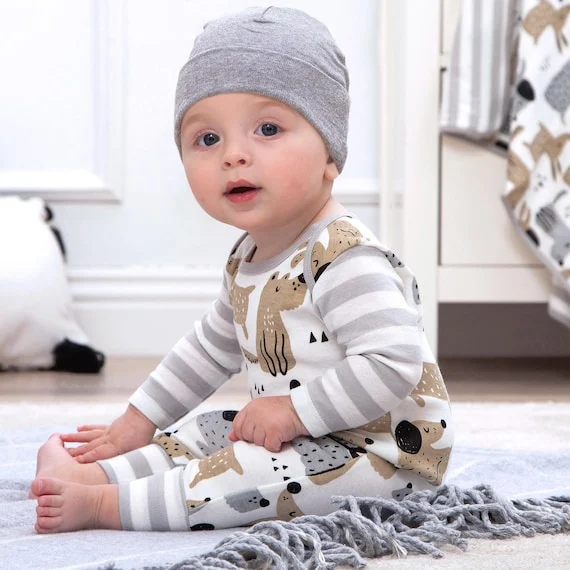My children could very well be sporting your kids’ old outfits. You know, if you’ve donated them to the right Goodwill or consignment shop. Back in my day, wearing secondhand clothes felt like a fashion faux pas. I dreaded the thought of being the subject of every “used prom dress” storyline on TV, where the girl in the thrifted gown faces public humiliation when the wealthy rival recognizes it. Thankfully, my kids have a much cooler attitude about it. Nowadays, clothing comes in massive batches and is easily categorized—either you shop at Walmart and Target or opt for something more upscale.
Aside from the occasional clearance finds at Target, my kids’ wardrobes are primarily sourced from resale shops. This is particularly true for my younger two boys, who have been living in hand-me-downs their entire lives thanks to their older brother. Our family history can be traced through T-shirts. We can flip through pictures and say, “Wow, remember when Ethan wore that blue dinosaur shirt? Now the little guy’s in it!”
But we don’t just shop secondhand because it’s budget-friendly. There are several compelling reasons why we prefer our local resale stores for everything from shoes to winter coats. First off, we’re not exactly rolling in dough. Sure, we’re not poor, but we don’t have much cash lying around. My partner is a teacher, so you can guess his paycheck—tiny. And as a freelance writer, my earnings are even tinier.
With student loan debt looming over us, and special dietary needs for the kids that come with a hefty price tag, plus the necessary psychiatric meds keeping me sane, that tiny cash pile shrinks even more. So we turn off lights, unplug appliances, and shop at thrift stores.
And honestly, have you checked out some of these resale shops lately? While I could easily dress my kids in new Walmart threads, buying used means they can rock Mini Boden, vintage Ewok shirts, and top-notch brands like Kenneth Cole—all without sacrificing quality. They often wear button-down shirts and khakis, and last year, I even snagged matching Christmas pajamas from a local kids’ resale shop. I’ve had people compliment me on how well-dressed my kids are, and I take that as a major win.
Another reason we embrace secondhand clothing (myself included, whenever possible) is due to the alarming state of the garment industry. Many well-known brands rely on sweatshop labor, and I refuse to fund a system that exploits vulnerable workers in developing countries.
But the issues don’t stop there. The textile industry is a major environmental villain. For instance, China’s textile sector produces around 3 billion tons of soot annually, discarding millions of garments simply due to incorrect dye colors. Rivers are polluted with toxic runoff, and the amount of water consumed is staggering. The Wall Street Journal reports that it takes 505 gallons of water to make just one pair of Levi’s 501 jeans. Now multiply that by all the jeans produced annually. The clothing industry is actually the third-largest consumer of water globally.
So we opt for used. This way, most of our spending goes to charities, and any remaining cash supports local businesses. My kids are dressed better than I could ever afford if I bought new, and they’ve never once complained about wearing clothes that previous strangers or their siblings have worn.
Forget the mall—I’m headed to Goodwill, Roundabouts, and the local charity thrift store. I’ll even browse eBay for specific items like kids’ wetsuits. Afterward, I’ll treat myself to some gently used fashion from an online consignment shop. After all, I’d much rather sport pre-loved Guess and Marc Jacobs than brand-new items from Walmart.
If you’re interested in learning more about home insemination, check out this insightful post on our other blog. For a more authoritative perspective on at-home insemination, visit Make a Mom. And if you’re looking for reliable information on pregnancy, you can find great resources at Womens Health.
In summary, dressing your kids in secondhand clothes is not just a cost-effective choice; it’s a smart, environmentally friendly one that supports local businesses and charities while providing your children with stylish options.
